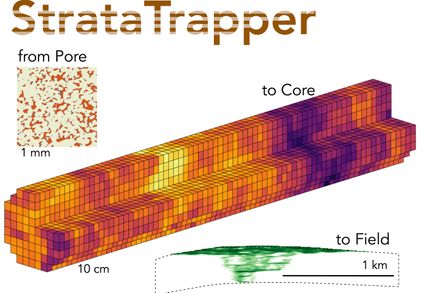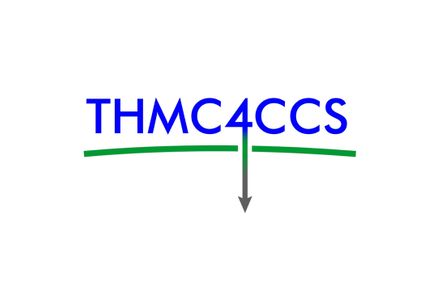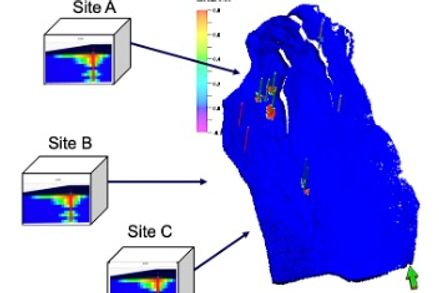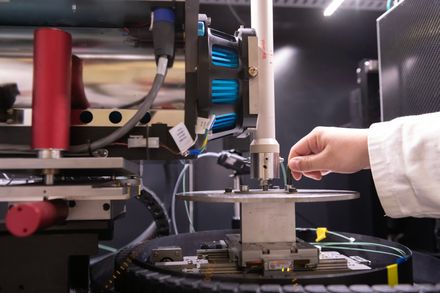BibTex format
@inproceedings{Zhou:2015,
author = {Zhou, Z and Krevor, S and Reynolds, C},
pages = {1141--1157},
title = {A simulation investigation into the influence of thermophysical fluid properties on CO<inf>2</inf> brine core flooding experiments},
year = {2015}
}





